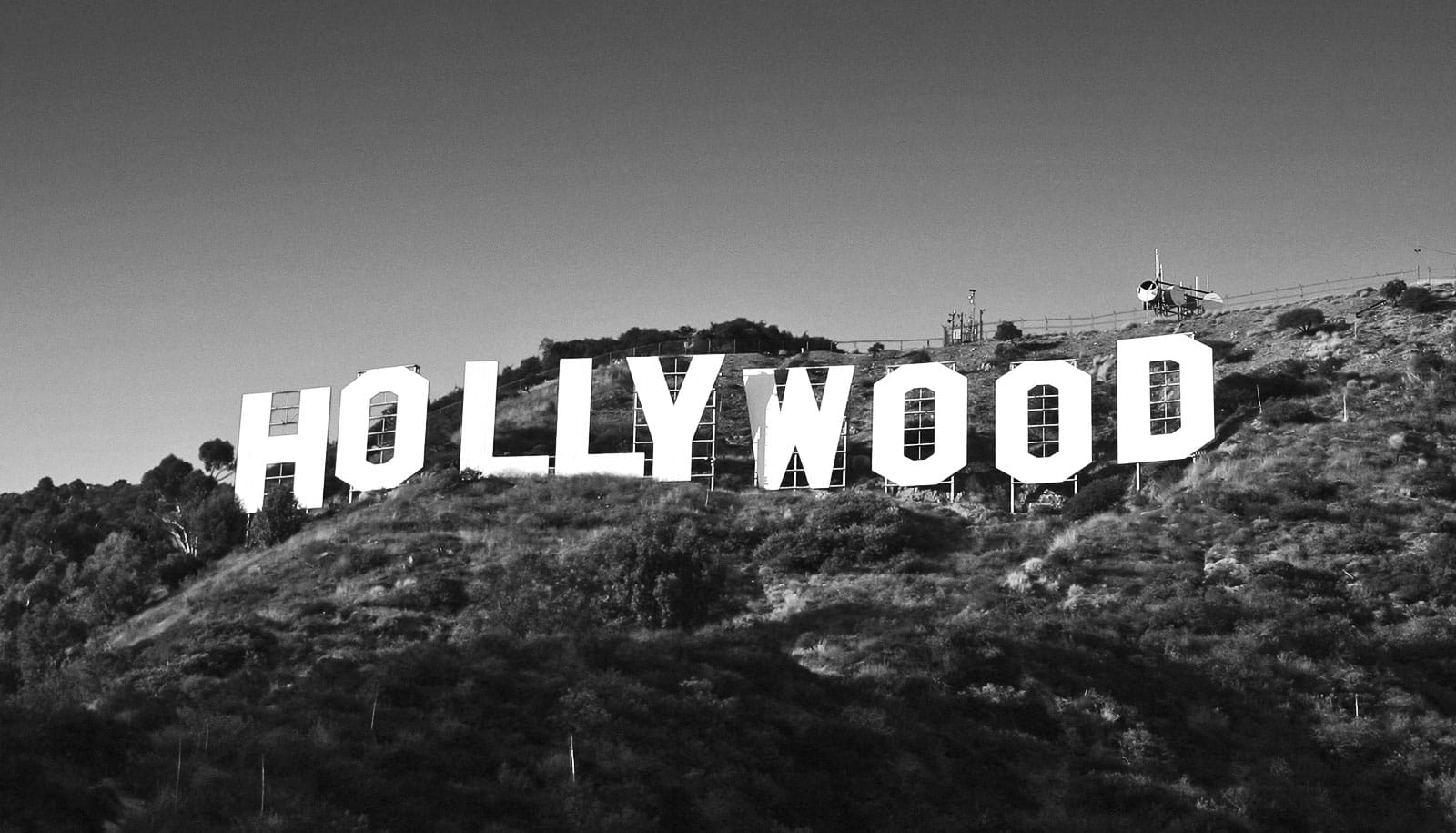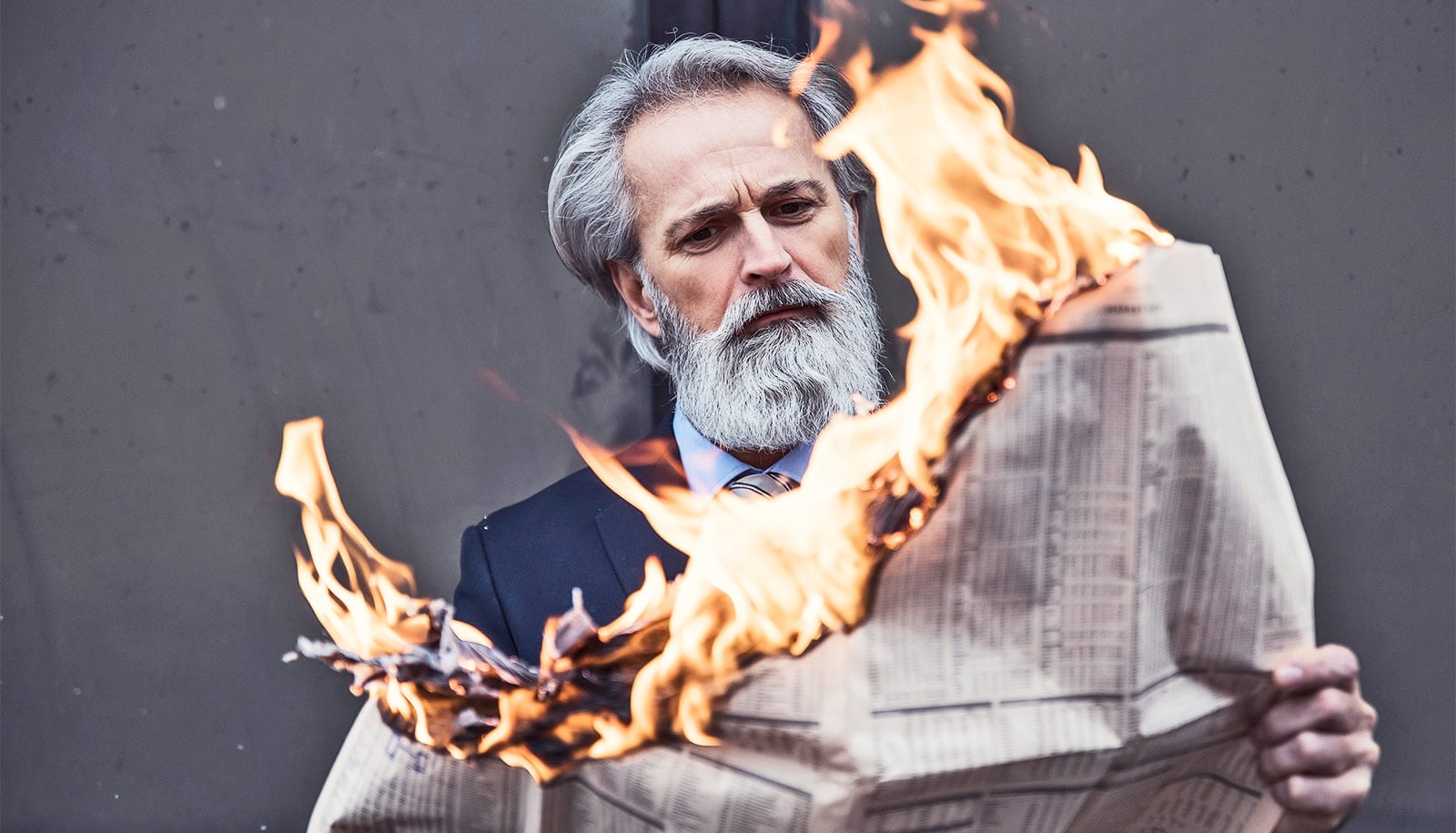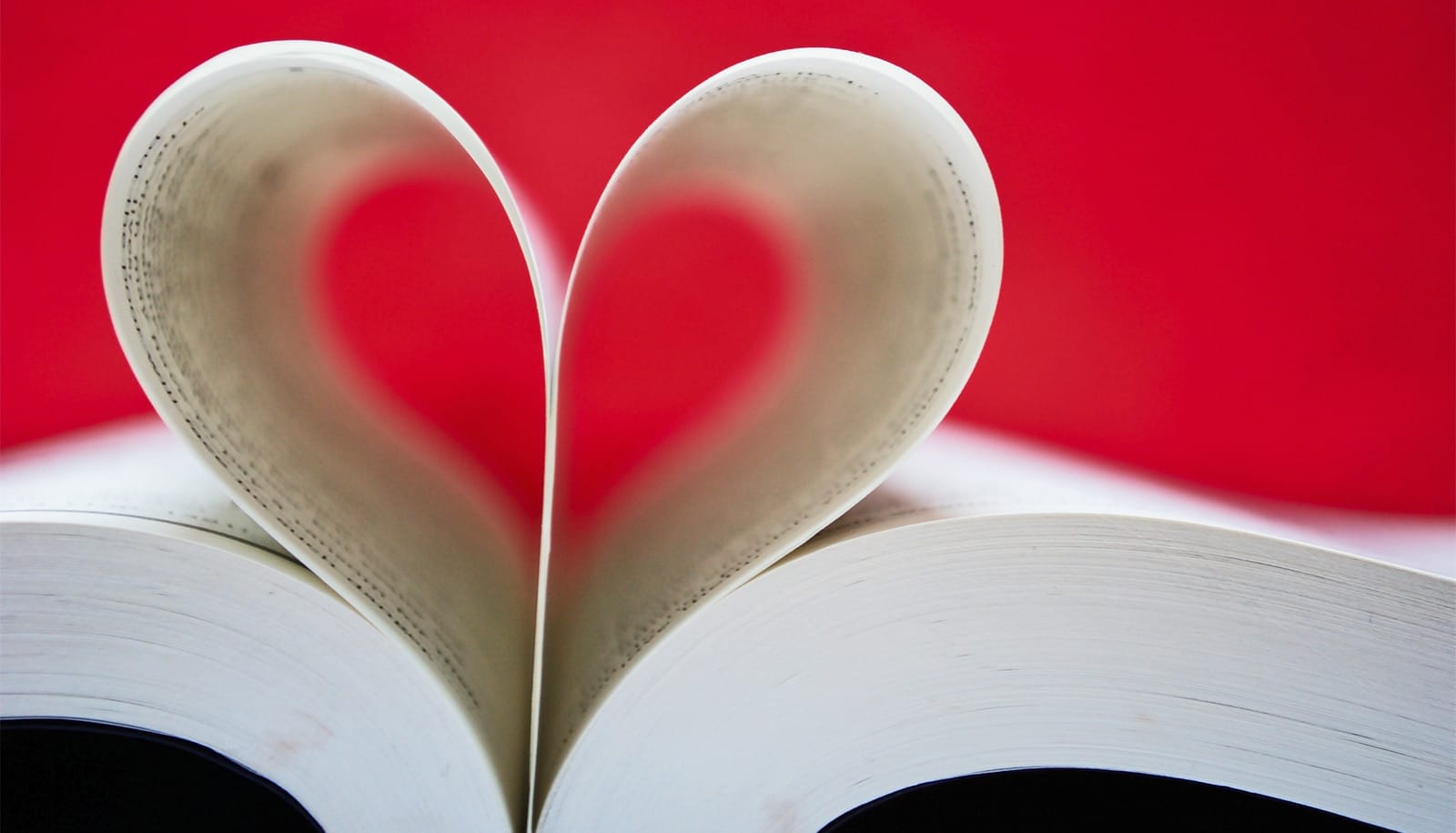On March 5, 1946, at Westminster College, in Fulton, Missouri, former British Prime Minister Winston Churchill declared the onset of the Cold War with an image that crystallized American fears of Soviet expansionism abroad and Communist subversion at home.
“From Stettin in the Baltic to Trieste in the Adriatic, an iron curtain has descended across the Continent,” intoned Churchill.
“…in the fraught atmosphere of the early Cold War, it was impossible to maintain a moderate position…”
In October 1947, the nation’s fear of Communism spread to the film industry, as the House Un-American Activities Committee (HUAC) held a series of hearings intended to probe subversive communism in Hollywood. The hearings resulted in contempt of Congress charges against the “Hollywood 10,” a group of filmmakers, mostly screenwriters, who refused to cooperate with the committee and were ultimately jailed and banned from working for all of the major studios.
The Hollywood 10 were just the beginning. The hearings ushered in the film industry’s blacklist era and scores more faced bans from work due to their political ideologies in coming years.
Thomas Doherty, a professor of American studies at Brandeis University, has meticulously examined the events that led to the Hollywood blacklist in his new book, Show Trial: Hollywood, HUAC, and the Birth of the Blacklist (Columbia University Press, 2018). Here, Doherty answers questions about the blacklist and the era’s legacy:
Show Trial has a tremendous amount of detail. What was the most surprising discovery you made during the research?
I was particularly touched by the story of the Committee for the First Amendment, the group of Hollywood artists formed to protest the tactics of the House Committee on Un-American Activities during the hearings in October 1947.
Spearheaded by director John Huston and screenwriter Philip Dunne, the committee flew to Washington in the middle of the hearings to lend moral support to the motion picture industry. Humphrey Bogart, Lauren Bacall, John Garfield, and many others attended the hearings and spoke out against the slander that Hollywood was a hotbed of subversive activity.
Alas, in the fraught atmosphere of the early Cold War, it was impossible to maintain a moderate position that at once opposed HUAC and the Communist party line that was followed by the “unfriendly” witnesses from Hollywood who testified. Under pressure from the movie going public and the studio moguls, the Committee for the First Amendment disbanded soon after the hearings.
Bogart had to eat crow and recant his actions, saying he had been foolish to fly to Washington to protest the hearings.
Most people know about Joe McCarthy’s tactics for raising suspicions and fears about communism, and many conflate what McCarthy did with the House Committee on Un-American Activities. What was HUAC, who were the major players on the committee, and how did their actions correspond with McCarthyism?
You’re right—that’s a very common misconception, the conflation of Senator McCarthy with the House committee. Formed in 1938, HUAC was a congressional body that took upon itself the task of investigating so-called fifth column activity in America.
In the 1930s, its purview included not just American Communists but the domestic Nazis in the German American Bund. In the postwar era, however, HUAC’s prime target became alleged Communist infiltration in government and the arts. The HUAC investigation into Communist influence in Hollywood in 1947 was really the starting gun for the culture of accusation and intimidation that today we subsume under the all-encompassing rubric of McCarthyism—even though McCarthy’s career as a Communist hunter didn’t began until 1950, three years after the HUAC-Hollywood hearings.
Is there a common misconception about the blacklist you’d like to dispel?
In the original hearings of 1947, the ones that I focus on, the unfriendly witnesses—mostly screenwriters who refused to cooperate with the committee—based their refusal on their constitutional rights under the First Amendment, the freedom of expression clause, not, as is popularly assumed, under the Fifth Amendment, which enshrines the right to refuse to testify on ground of self-incrimination.
Had they relied on the Fifth Amendment, however, they would have had to remain silent—and they very much wanted to speak their piece in the public hearings before the newsreel cameras. Ironically, if they had relied on their Fifth Amendment protections, they wouldn’t have later gone to jail for contempt of Congress.
What relevance do you think the blacklist period has for Hollywood and American culture today, particularly in the era of #MeToo?
One has to be wary of glib comparisons. The Unfriendly Nineteen, the original group of recalcitrant Hollywood artists hauled before HUAC, and the other artists caught in the blacklist hadn’t committed any crimes; they had simply exercised their rights to free expression and assembly.
Today, the producers and artists in the #MeToo crosshairs are accused of criminal conduct—rape and sexual harassment. That’s a fundamental difference.
At the same time, Hollywood seems to be caught again in a rush-to-judgment atmosphere where a single accusation can deep-six a career and render a performer persona non grata in the time it takes to hit the retweet button.
One of the lessons of 1947 is that, especially in times of extreme political passions, you’ve got to maintain a respect for rational dialogue and due process.
Source: Brandeis University



